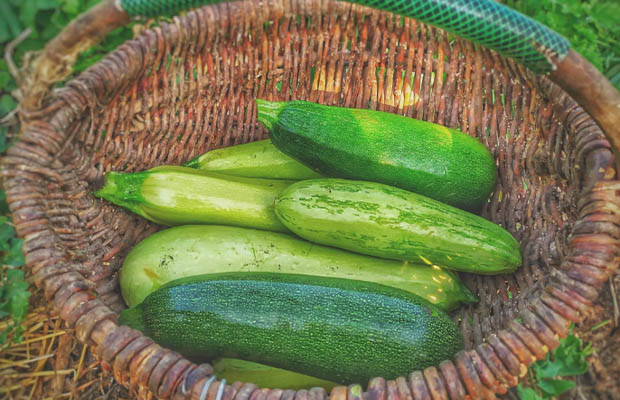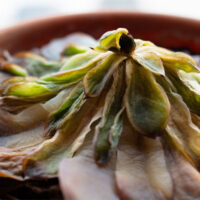Thinking of planting some lavender this season, but aren’t sure is lavender perennial or annual. It grows as a perennial in most climates, but sometimes lavender is mistaken for an annual because it will die when exposed to excessively cold temperatures.
In fact, a lot of novice lavender gardeners ask this question frequently. To find out if lavender is a perennial or annual and how to grow it, let’s take a closer look.
Table of Contents
Lavender: Perennial Or Annual?
A yearly regrowth plant, lavender is a perennial. It originates from hot, arid regions like the Mediterranean. With well-drained roots, lavender needs hot, dry climates. It can be planted in too-wet soil, which causes some plants to wither over the winter. That could explain why it’s unclear whether lavender is a perennial or annual plant.
Lavender is a perennial that produces blooms and new growth every summer in its natural habitat and well-drained soil.
For more lavender information, read our posts below:
Why Lavenders Are Sometimes Mistaken for Annuals?
All varieties of lavender are perennial plants that have a long lifespan. Nevertheless, some gardeners frequently treat them or consider them to be annuals.
The reason for this is usually because the non English lavender species are not cold hardy and therefore do not survive winters frosts.
All the English species of lavender (popular varieties include Munstead and Hidcote) are reliably cold hardy are will survive cold winters with frosts and snow for several years.
However, the Spanish, Italian, and French lavenders cannot withstand subfreezing temperatures and are frequently killed by the first winter frost.

All other species of non-English lavender, including Spanish, Italian, and French varieties, can live for several years outdoors, but only if they are planted in areas with mild winters, like the Mediterranean region of southern Europe, where nighttime lows rarely fall below 50 °F (10 °C).
When gardeners plant non-English lavenders that are not cold hardy in gardens that experience winters with frosts and subfreezing temperatures, the question of whether lavenders are annuals or perennials is frequently misunderstood.
After a year, these lavender must be discarded and replaced with new lavenders, a process that costs a lot of money.
This is not necessary, though; with a little knowledge, you can make sure that these lavenders survive the winter, or you can just plant English lavender varieties in place of the Italian, Spanish, and French species.
Read More: Can You Grow Lavender Indoors?
Does Lavender Come Back Every Year?
Yes, lavender grows year after year because it is a perennial and not an annual, but only in well-drained soil. In drenched soil and bitter cold, lavender will rot and perish. Because of this, some people mistake lavender for an annual.
Some species are more resilient than others. Lavender from England, for instance, is more resilient than lavender from France. The English lavender plant can withstand subzero temperatures during the winter as long as the roots are dry.
Also Read: Does Lavender Spread?
Where is the Best Place to Plant Lavender?
To remain a perennial plant, lavender requires full sun and soil that drains well. It is suitable for soil that is chalky or sandy. Lavender will produce a large number of fragrant flowers and oily leaves when grown in full sun with well-drained roots. Bees especially enjoy lavender among pollinators. This plant is great for gardens that are welcoming to wildlife.
Lavender does well in pots and containers as well. To ensure incredibly good drainage, raise the pot on bricks.
Lavender needs a lot of water when it is first planted, but once new growth appears, it rarely needs any. Lavender is a great plant for water-constrained areas and forgetful gardeners because it is so drought tolerant!
Also Read:
FAQs
What is a Perennial Plant?
Over two years is the average lifespan of perennial plants. Even though they lose all of their leaves in the winter, they will reappear during the season of interest. They can be deciduous or evergreen.
What About An Annual?
Annual plants are raised every year from seeds and perish at the end of the summer. Additionally, there are biennials, which have a two-year lifespan. Biennials start out as seeds, then flower, produce seeds, and eventually die in their second year.
Does Lavender Spread?
Typically growing 20 to 24 inches tall and wide, lavender is a diminutive shrub. The plant does not spread as thyme, oregano, and other herbs tend to.
How to Prune Lavender?
Don’t prune your lavender plant right away — let it establish roots first, then cut back new growth around a year in to increase volume. To promote more dense branches, you can pinch off the tips.
Is Lavender Evergreen?
Lavender is a Mediterranean evergreen shrub, grown for its fragrant leaves and bee-friendly flowers.
Final Thoughts
All Lavender plants are perennials, not annuals. People often mistake lavenders for annual plants because they frequently die during the winter from damage from snow and ice, root rot in cold, wet soils, or simply because lavenders that are not cold hardy have been planted in regions that frequently experience winter frosts.
Lavenders need fast-draining soil that has been sand-amended, regular pruning to help them withstand the effects of cold weather, and protection from the worst of the cold if they are a non-hardy species if they are to survive more than a year.
Lavender is an excellent addition to any garden, regardless of how you choose to grow it. If you want to learn more about lavender, read our post on How to Propagate Lavender from Cuttings.
Also Read:

















